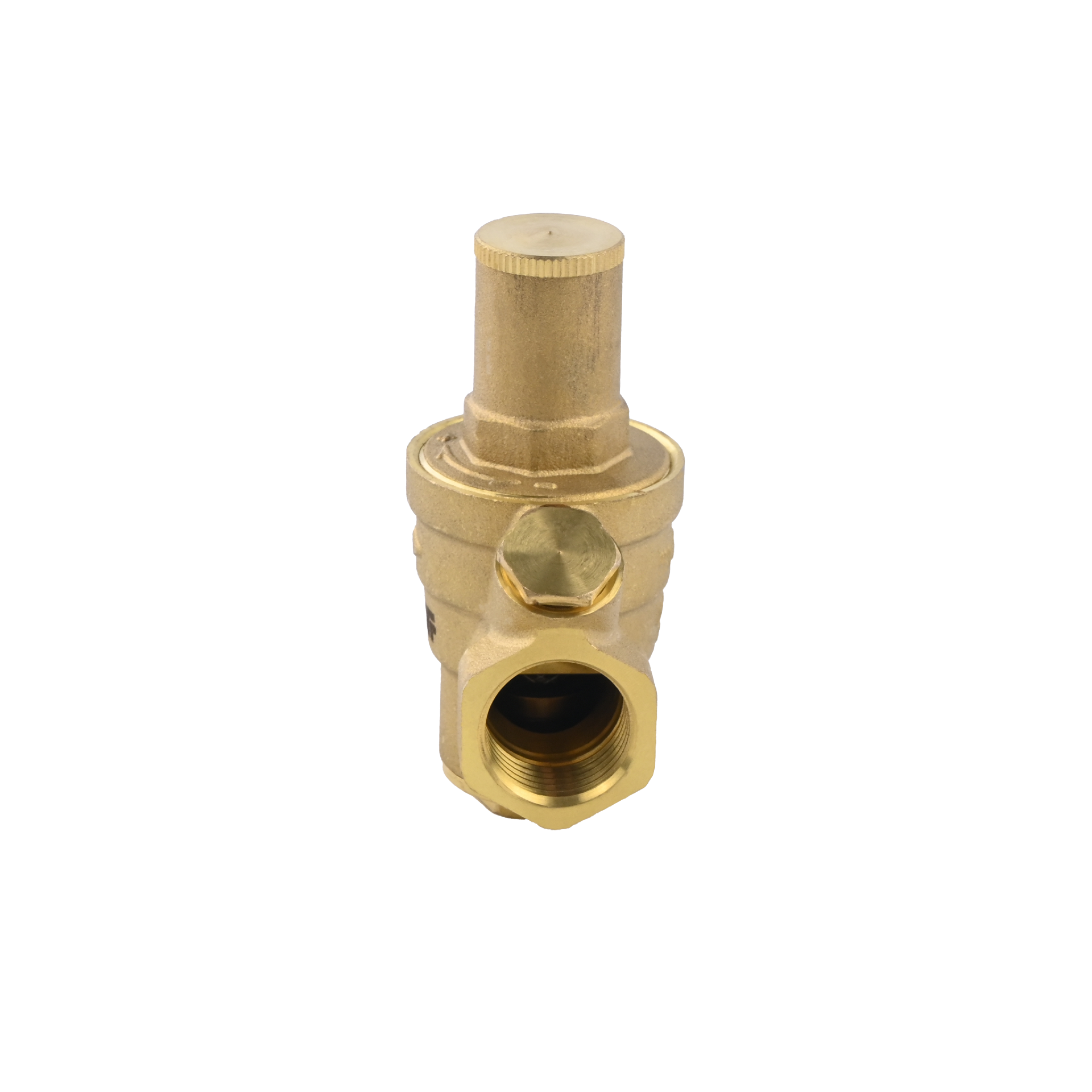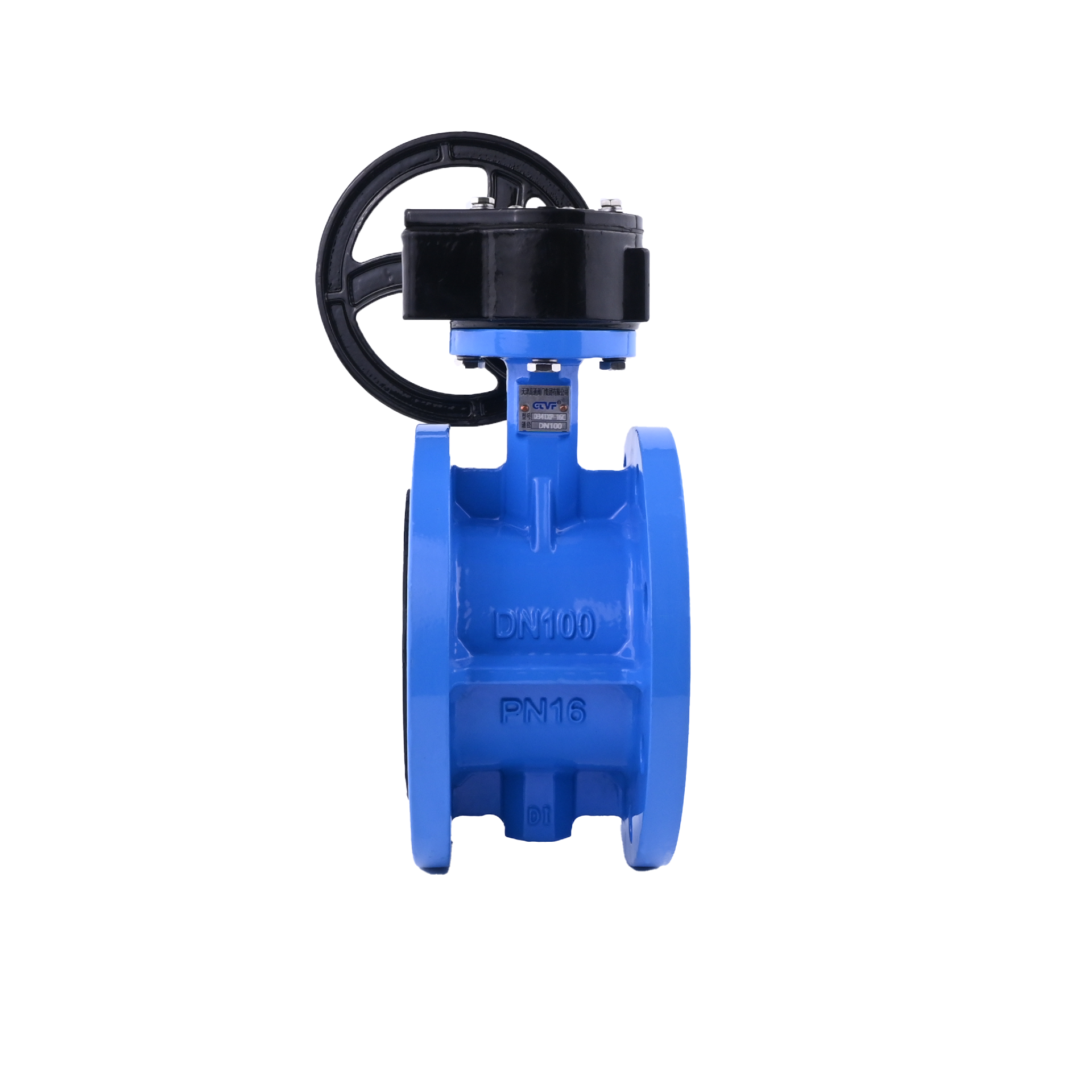A common butterfly valve is a fluid control valve that adjusts the flow of fluid by rotating the valve blade. It is composed of a valve body, a seat, a valve stem, a valve stem sleeve and a valve blade. Common butterfly valves are widely used in municipal pipelines, industrial pipelines, domestic water supply and fire fighting systems. The vacuum butterfly valve is a special butterfly valve designed for use in vacuum piping systems. Its structure is similar to that of ordinary butterfly valves, but the materials and execution standards are different.

Vacuum butterfly valves are made of stainless steel or cast iron and other materials. In vacuum piping systems, valves need to have good corrosion resistance, tightness and reliability. Therefore, the material used in the vacuum butterfly valve is more corrosion resistant than the ordinary butterfly valve. Moreover, the implementation standard of the vacuum butterfly valve should also meet the use standard of the vacuum pipeline system.
In vacuum pipeline system, because the pressure in the pipeline is very low, the gas molecules disperse quickly, and the pressure balance is almost not reached. If an ordinary butterfly valve is used, gas leakage will occur during the closing process of the valve due to vibration or friction of the valve blade. The sealing performance of the vacuum butterfly valve is very good, which can effectively prevent gas leakage and ensure the normal operation of the vacuum pipeline system. Therefore, in the vacuum pipeline system, the vacuum butterfly valve must be selected to ensure the safety and normal operation of the system.







